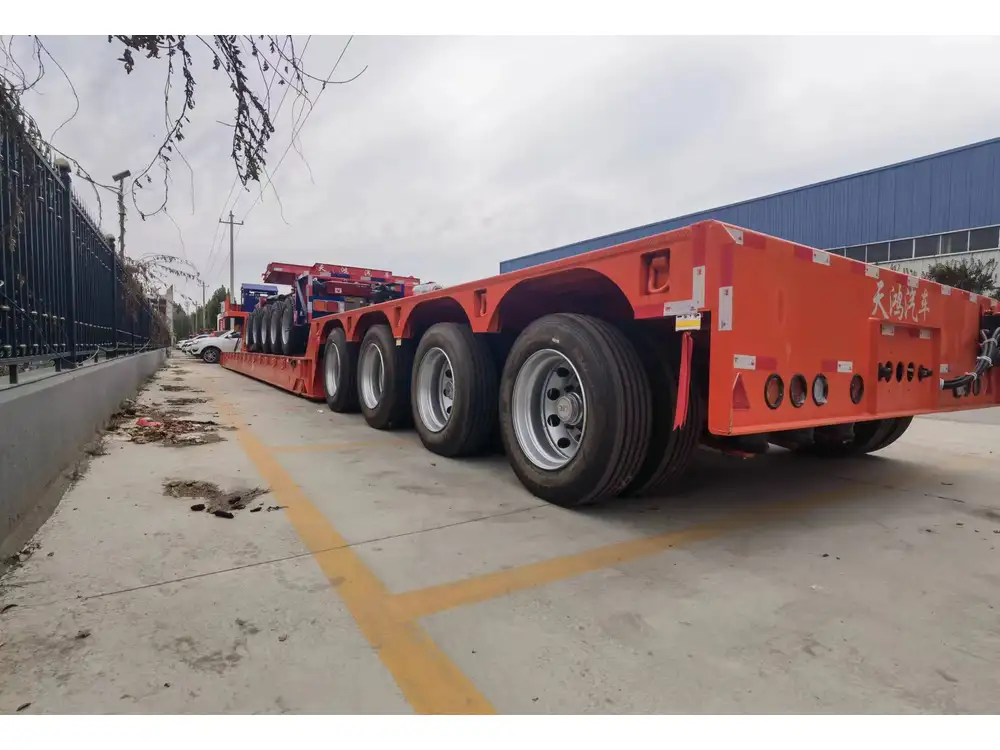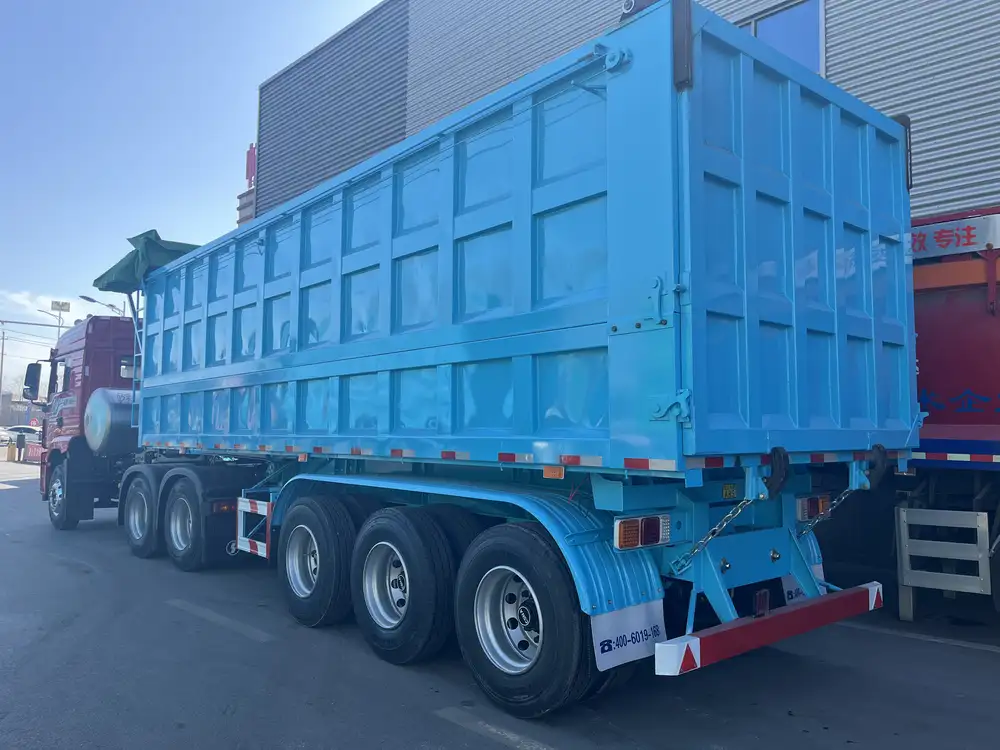When running a concession trailer, ensuring that your liquefied petroleum (LP) gas tanks are properly filled is essential for both operational efficiency and safety. Understanding the complexities of filling LP tanks involves not just the hows, but also an array of factors including regulations, tank specifications, and maintenance. This comprehensive guide aims to dissect the process of filling concession trailer LP tanks, provide you with step-by-step instructions, and discuss best practices to follow.
Understanding LP Gas and Its Importance
What is LP Gas?
Liquefied petroleum gas (LP gas) is primarily a mix of propane and butane. When stored under pressure, it exists in a liquid form and transforms into gas when released. This dual state makes LP gas especially suitable for various applications, notably in food service operations, where it powers cooking equipment, heaters, and other appliances in concession trailers.

Why is Proper LP Tank Filling Crucial?
- Safety Concerns: Improper filling of LP tanks can lead to leaks, malfunctions, and even explosions.
- Cost Efficiency: An improperly filled tank can result in wasted gas, leading to increased operational costs.
- Regulatory Compliance: Adhering to federal and local regulations is important to avoid legal issues and potential fines.
- Equipment Longevity: Regularly checking and properly filling the tanks ensures that they remain functional and safe for prolonged periods.
Tools and Equipment Required
Before filling your LP tanks, it is crucial to gather the necessary equipment:
| Tool/Equipment | Purpose |
|---|---|
| LP Gas Pump | To transfer gas from refill points to your tank |
| Scale | To measure the weight of the gas for accuracy |
| Two-Stage Regulator | Helps manage tank pressure before distribution |
| Funnel/Fill Hose | Aids in transferring LP gas safely |
| Safety Gear | Goggles, gloves, and flame-resistant clothing |
Step-by-Step Process for Filling LP Tanks

Step 1: Safety First
- Personal Protection: Equip yourself with goggles and gloves. Ensure the area is well-ventilated, and avoid smoking or open flames nearby.
- Check for Leaks: Before proceeding, inspect the hoses and tanks for any signs of leakage. A simple soap and water solution can help identify leaks—if bubbles form, you have a leak that needs immediate attention.
Step 2: Prepare the Tank
- Turn Off Equipment: Ensure all appliances powered by LP gas are turned off.
- Disconnect the Regulator: Detach any existing connections to ensure a steady flow during the filling process.
- Weigh the Tank: Use a scale to measure the empty weight of the tank (tare weight). This is crucial for understanding how much gas you can add.
Step 3: Actual Filling Process
- Connect the Fill Hose: Attach the special fill hose from the gas pump to the fill valve of your tank.
- Check the Valve: Open the bleed valve briefly before filling—this helps purge any residual gas and prevents air from entering the tank.
- Filling the Tank: Begin filling the tank—be sure to monitor the weight closely:
- Propane tanks are typically filled to 80% of their volume to allow for gas expansion.
- Quick Tip: Keep an eye on the scale, stopping the fill once you reach the safe limit, calculated via tare weight plus the maximum fill weight.
- Automatic Shut-off: If using an automatic filling system, it will shut off when the tank reaches the designated level. However, always confirm manually.

Step 4: Final Checks
- Close the Fill Valve: Once filled, close the fill valve securely to prevent leaks.
- Reconnect the Regulator: Attach all necessary components back to the tank.
- Weigh the Full Tank: Re-weigh the tank to confirm you have not exceeded the maximum fill level.
- Inspect Connections: Visually inspect all connections and valves for proper sealing before operational testing.
Step 5: System Restart
- Turn On Appliances: Power up your LP gas appliances to confirm they are functioning correctly.
- Monitor Pressure Gauges: Watch pressure gauges to ensure they are operating within recommended ranges.
- Test for Leaks Again: Use the soap and water method to confirm there are no leaks after filling and reconnecting.
Maintenance Tips for Concession Trailer LP Tanks
- Regular Inspections: Perform routine checks on hoses and tanks for any signs of wear or damage.
- Stay Informed: Always be aware of local regulations regarding LP gas storage and appliances.
- Professional Servicing: Schedule regular servicing of your LP system with certified professionals to ensure compliance and safety.
- Maintain Records: Keep meticulous records of inspections, maintenance schedules, and filling logs for both safety and regulatory purposes.

Frequently Asked Questions (FAQ)
What is the cost to fill an LP tank?
The cost to fill a tank depends on the regional price of propane and the size of your tank. It’s best to check local suppliers for the most accurate pricing.
How often should I fill my LP tank?
The frequency of filling varies based on usage. A busy concession trailer may need filling every few days, while less busy operations might refuel once a week or bi-weekly.

Are there different sizes of LP tanks for concession trailers?
Yes, LP tanks come in various sizes, typically from 20-pound tanks used for personal grilling to 100-pound tanks ideal for concession trailers. The size you choose should be based on your operational needs.
Can I fill my LP tank by myself?
Yes, provided you follow all safety protocols and regulations. However, many operators prefer professional services for safety and compliance purposes.
Conclusion
Mastering the art of filling LP tanks in concession trailers not only improves operational efficiency but also ensures safety and compliance with various standards. By following this guide, concession trailer operators can navigate the complexities of LP tank management with confidence.
Additional knowledge on maintenance practices and frequent checks can greatly enhance the lifespan of the equipment and promote safe food service operations. Regularly update your knowledge on any changes in safety regulations or technological advancements in LP tank filling practices to stay ahead in the industry.
As a final note, never hesitate to consult with professionals when in doubt, for safety should always top your priority list. By implementing these comprehensive practices, your concession trailer will be well-equipped to serve delicious food safely and efficiently!



